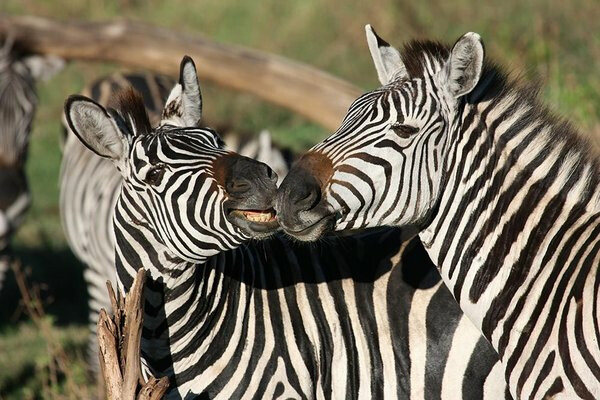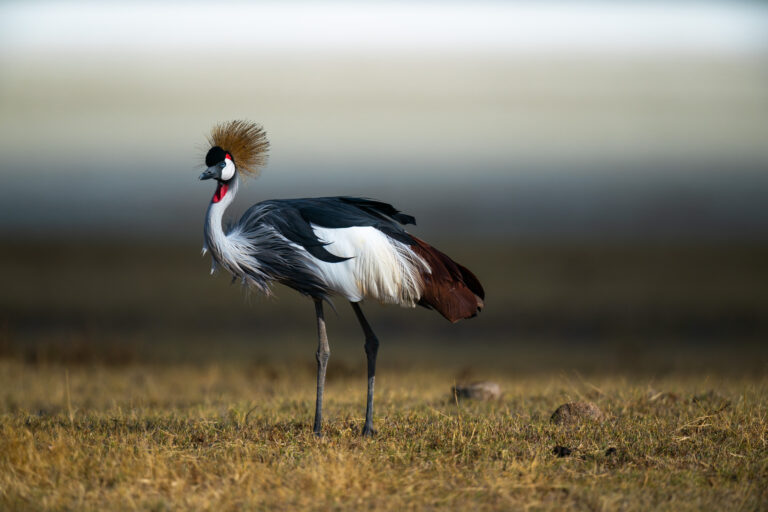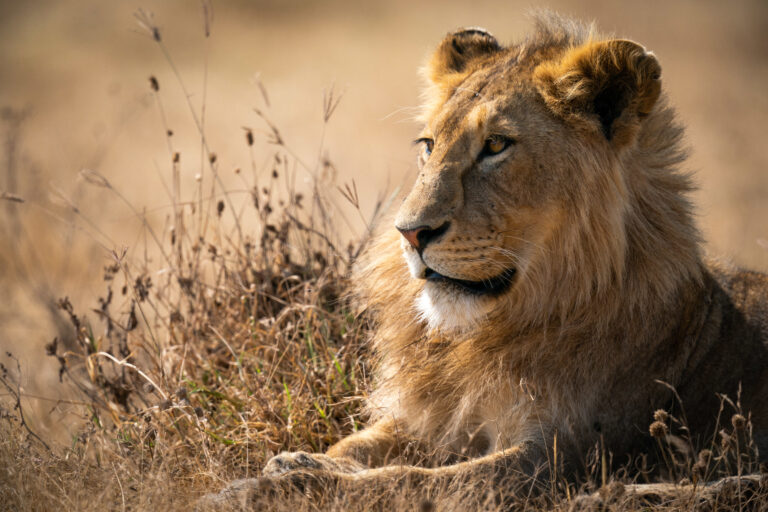The Ngorongoro Conservation Area spans over 8,000 square kilometers, stretching from Serengeti National Park in the north to the Great Rift Valley in the east. This diverse region encompasses the Ngorongoro Crater, Ndutu, Olduvai Gorge, Empakaai and Olmoti Craters, as well as Mount Ol Doinyo Lengai. Its varied landscapes—comprising forests, valleys, savannas, lakes, and wetlands—create a rich habitat for a wide range of wildlife.
Recognized as one of the Natural Wonders of the World, the Ngorongoro Crater serves as a remarkable sanctuary for nearly all major mammal species of the East African plains. With easy accessibility year-round, we offer a selection of tour packages, from day trips to extended multi-day safaris. Contact us today to plan your adventure!
Best Time to Visit
Ngorongoro Crater is a spectacular destination that can be explored throughout the year. Its diverse ecosystem supports a thriving wildlife population, with lush green vegetation blanketing the conservation area. From June to October, the grasslands become shorter, offering excellent visibility for spotting predators like lions, leopards, and cheetahs, as well as a vast array of other wildlife. The dry season also enhances game-viewing opportunities as animals gather around water sources, making for unforgettable safari experiences.
How to Get There
Reaching Ngorongoro is an adventure in itself. The most convenient route is through Arusha, where travelers can fly into Kilimanjaro International Airport before embarking on a breathtaking drive through Tanzania’s dramatic landscapes. This journey offers stunning views of rolling hills, Maasai villages, and the Great Rift Valley, setting the stage for an extraordinary safari experience. A visit to the Crater is often paired with the Serengeti, Tarangire, or Lake Manyara National Parks, allowing for a well-rounded and immersive exploration of Tanzania’s iconic wilderness.




© 2025 Crafted by FCN VISUALS